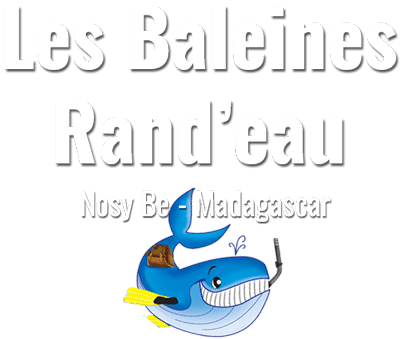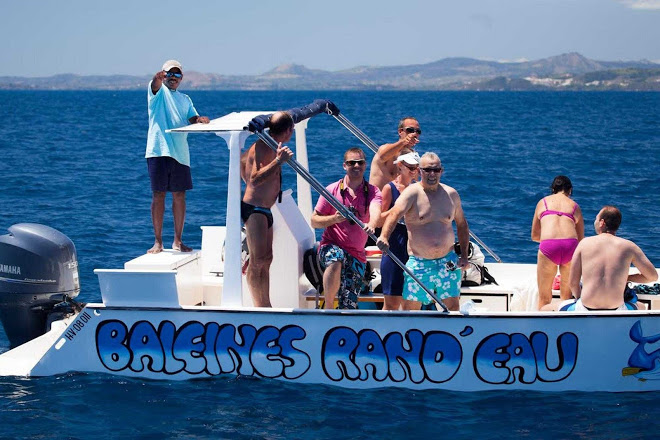The descendant of "Flipper" remains the mostly known dolphin. They are found throughout the world's oceans, from the North Pacific to the South Atlantic, via the Mediterranean and the Indian Ocean. Generally living in groups, sometimes reaching several dozen individuals, it is also the least trap-shy odontocetes. They like surfing the bow of boats and offering jumps and snaps of tail or head. It is among the biggest dolphins listed and spends most of its time on the surface to play or reproduce.
Indo Pacific bottlenose dolphin à Nosy Be

When can we sight bottlenose dolphins in Nosy Be?
Bottlenose dolphins stay around Nosy Be all year round, so it is possible to see them at each excursion, whether inside the bay (snorkeling or whale shark excursions), or further offshore when we are looking for whales and when we go to Nosy Iranja.
What do they feed on?
Les dauphins se nourrissent de petits poissons et de calmars qu’ils chassent parfois à des profondeurs pouvant atteindre plusieurs centaines de mètres.
How long do they live?
Bottlenose dolphins in the Indian Ocean can live up to 35 years.
How tall are they?
Bottlenose dolphins are considered, as their name suggests, among the biggest dolphins. They can measure up to 3 meters, and weigh up to 200kg in adulthood.
Are bottlenose dolphins smart?
These dolphins are known to have developed capacities known in no other marine mammal.
En effet, certains groupes utilisent des éponges marines comme outil. Ils s’en servent pour protéger leur rostre (équivalent de la bouche) sensible lorsqu’ils fouillent les sédiments des fonds marins.
Likewise, some dolphins, especially young ones, use shells to play: They take the shell in their mouth, drop it and must collect it before it touches the ground.
Plus étonnant encore, certains groupes de grand dauphins (à Mayotte notamment), utilisent des poissons-ballons comme jeu. Ils s’attaquent à un individu, qui gonfle pour se protéger. Les dauphins sauvages s’amusent alors à frapper le poisson-ballon latéralement avec leurs rostres, se faisant ainsi des passes. Certains scientifiques avancent même qu’il pourrait même s’agir d’un comportement de prise de neurotoxine, libérée par le poisson ballon quand il est stressé, qui mettrait les grands dauphins dans des états psychotropes pour quelques instants…

